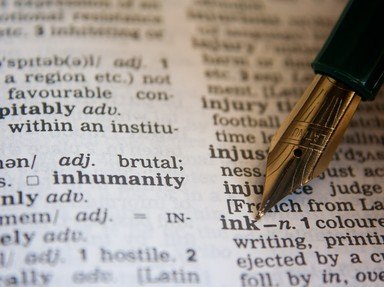Quiz Answer Key and Fun Facts
1. The secondary definition of this word given in my Canadian Oxford Dictionary is "any feature or sign which reveals a characteristic condition or quality"
2. This bad word is of French origin and it means "banter, playful, trifling conversation or teasing ridicule".
3. This is another word of French origin. It relates to music, being a type of dance.
4. Where in the world will you see cars with the code BAD on license plates? (Give me the name of the town.)
5. This Olympic sport derives its name from the country home of the Duke of Beaufort.
6. Who told the story of Badoura, "the most beautiful woman who ever lived"?
7. What 'bad' word is connected to cowboy Jimmy White?
8. Who created the fictional character Heather Badcock?
9. This 'bad' British actress was actually very good, and won an Oscar nomination for her role in 'Room at the Top'. First and last names, please.
10. Kenneth Grahame created this somewhat gruff but kindly old gentleman. Just his last name, please.
Source: Author
Cymruambyth
This quiz was reviewed by FunTrivia editor
stuthehistoryguy before going online.
Any errors found in FunTrivia content are routinely corrected through our feedback system.
